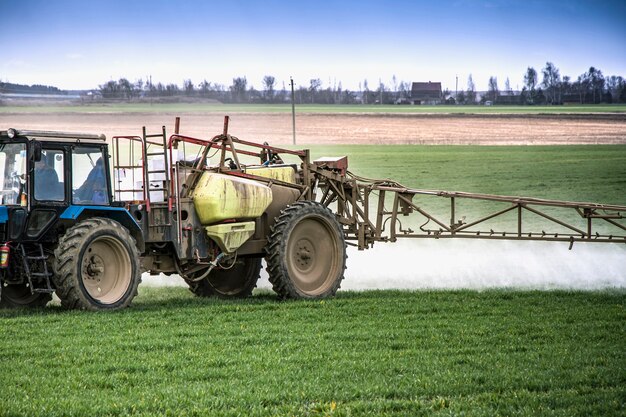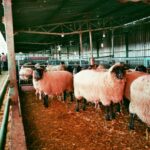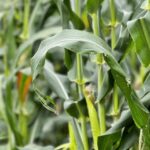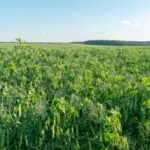Sprayers are essential tools for farmers to protect crops from diseases and pests, ensuring healthy yields and sustainable farming practices. However, improper use of a sprayer can lead to wasted chemicals, environmental harm, and ineffective pest or disease control. Following best practices ensures efficient application, reduces costs, and minimizes negative impacts. Here are key guidelines to optimize sprayer use for protecting your crops.
- Select the Right Sprayer for Your Needs
Choosing the correct type of sprayer is crucial for effective application. Handheld sprayers are suitable for small-scale operations, while tractor-mounted or self-propelled sprayers are ideal for larger farms. Ensure the sprayer’s capacity, coverage area, and nozzle design match the requirements of your farm and crop type. - Calibrate the Sprayer Regularly
Calibration ensures the sprayer delivers the correct amount of pesticide or fungicide, preventing under-application or over-application. Calibration should be done at the start of every spraying season and whenever you change chemicals, nozzles, or application rates. Measure the output of each nozzle and adjust the pressure or flow rate as needed. - Use the Right Nozzles for Application
Different nozzles are designed for specific applications, such as broad coverage or targeted spraying. The wrong nozzle can lead to uneven distribution or excessive drift. Choose nozzles that produce the appropriate droplet size for your chemical and crop. Replace worn or damaged nozzles to maintain consistent performance. - Prepare the Spray Solution Correctly
Mixing chemicals properly is essential for achieving desired results. Follow the manufacturer’s instructions on dilution rates and mixing procedures. Use clean water free from contaminants that could react with the chemicals. Mix the solution in the sprayer tank or a separate container to avoid uneven distribution. - Inspect the Sprayer Before Use
Regular inspections prevent breakdowns and ensure the sprayer operates efficiently. Check for leaks, clogged filters, and damaged hoses before every use. Test the pump, pressure gauges, and valves to confirm they are working correctly. A well-maintained sprayer ensures consistent performance and minimizes downtime. - Spray at the Right Time
Timing is critical when applying pesticides or fungicides. Spray crops when pests are most active or when weather conditions favor disease spread. Early morning or late afternoon is often the best time to spray, as wind speeds are lower, and temperatures are cooler. Avoid spraying during windy conditions to reduce drift and ensure chemicals reach the target. - Maintain Proper Spraying Speed and Pressure
Operating the sprayer at the correct speed and pressure ensures even application. Too much speed can cause under-application, while too little pressure can result in poor coverage. Use the sprayer’s manual to determine the optimal speed and pressure settings for your crop and chemical. - Wear Protective Gear
Pesticides and fungicides can pose health risks if inhaled or absorbed through the skin. Always wear appropriate protective gear, including gloves, goggles, masks, and long-sleeved clothing. Proper protection ensures your safety while handling and applying chemicals. - Clean the Sprayer After Use
Thorough cleaning prevents chemical residue buildup that can clog nozzles or damage components. Rinse the tank, hoses, and nozzles with clean water after each use. Dispose of leftover chemicals and rinse water according to local regulations to avoid environmental contamination. - Follow Proper Storage Practices
Storing the sprayer correctly extends its lifespan and ensures it’s ready for the next use. Empty the tank completely and store the sprayer in a clean, dry, and sheltered area. Protect hoses and other components from extreme temperatures and sunlight to prevent deterioration.
Using a sprayer effectively requires careful planning, proper equipment maintenance, and adherence to safety guidelines. By following these best practices, South African farmers can achieve efficient pest and disease control while minimizing environmental impact and chemical costs. Proper sprayer use not only protects your crops but also contributes to sustainable farming practices and healthy harvests.
Join 'Farmers Mag' WhatsApp Channel
Get the latest Farming news and tips delivered straight to your WhatsApp
CLICK HERE TO JOIN






